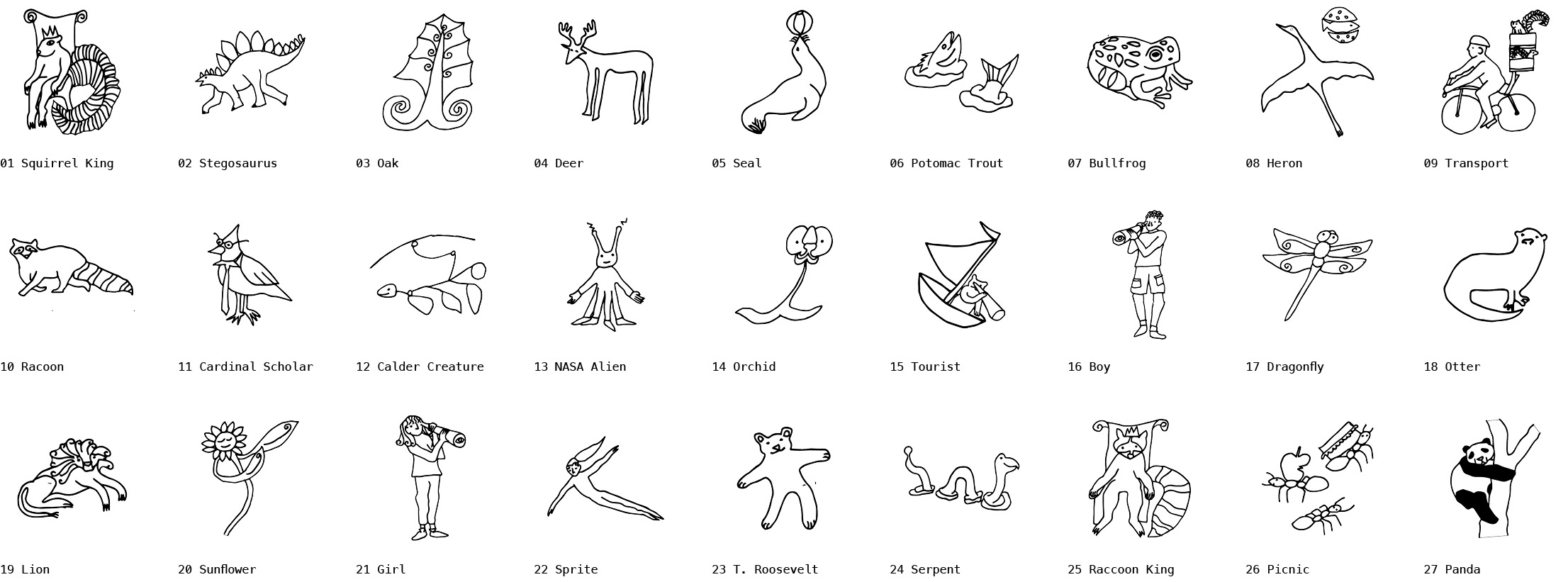FABLES
Charlottesville, Virginia

2021/2020
My thesis investigated the relationship between mythological narrative and architectural production. Before the rise of modernity, mythological narratives were critical to the social and environmental development of cities and architecture. My thesis argued that the modern disenchantment of architecture has contributed to a disconnect between nature and the built environment, and that these combined forces are harmful to both human and ecological health. Hence, my thesis posited that the role of narrative in architecture is still important to explore in contemporary times.
In order to test the capacity of architecture, I formed multiple narratives. My research began with ancient and pre-modern narratives, with a particular attention to Greek and Roman mythology, Native American creation myths, Aesop’s fables, and Brothers Grimm. I then began to incorporate contemporary architectural storytellers; significantly the poems of architect John Hejduk.
After my readings, I created a series of maps, focusing on Washington DC, and writing characters. I began reinterpreting existing infrastructure and nature through the lense of these natural and fictional characters. From this examination of potential ecological narratives, I wrote a fable.
The fable follows a Spider through the four quadrants of Washington DC. Over the course of eight days (one for each leg), the Spider animates existing ecologies and reveals how they can coexist with human activity. Four significant characters emerge in each quadrant; a Bullfrog in Rock Creek Park, a Muskrat in the Potomac, a Salamander in the Anacostia, and a Dragonfly in the National Arboretum. These four characters along with the Spider then select the National Children’s Hospital as a site of intervention.
Finally, I reinterpreted this fable as a sequence of architectural production. Over the course of 28 lunar days, the atrium of the National Children’s Hospital is reconstructed by the characters of the fable. Each day of construction corresponds to a different architectural act, beginning with the Spider laying the ceiling beams. The sequence of construction concludes with the creation of a central mobile, which is set into motion on the final day. In this way, the atrium’s architecture becomes a window into the human and non-human narratives that shape urban ecology in Washington.
Through these explorations, my thesis is positing a reality where the continual examination and creation of narratives is instrumental to ecological and human well-being; therefore endorsing an architectural ethos that unites our urban ecological reality with our primordial desire to interpret these realities through narrative.
TLDR, my thesis was a series of experiements that sought to exercise a way of thinking about and making architecture-- rather than one “final product”. Drawing on the primodiral desire of humans to interpret surroundings via myth, fables, and narratives, this architectural process aims remake the narrative of contemporary architecture, away from sterility and hyper-functionalism, and towards a built future that values color, playfulness, pleasure, humor, and a connection to nature. I created a myth that is visualized in characters, and then, the characters turn into architectural elements themselves- walkways, windows, beams (a spider’s thread, for example).
In order to test the capacity of architecture, I formed multiple narratives. My research began with ancient and pre-modern narratives, with a particular attention to Greek and Roman mythology, Native American creation myths, Aesop’s fables, and Brothers Grimm. I then began to incorporate contemporary architectural storytellers; significantly the poems of architect John Hejduk.
After my readings, I created a series of maps, focusing on Washington DC, and writing characters. I began reinterpreting existing infrastructure and nature through the lense of these natural and fictional characters. From this examination of potential ecological narratives, I wrote a fable.
The fable follows a Spider through the four quadrants of Washington DC. Over the course of eight days (one for each leg), the Spider animates existing ecologies and reveals how they can coexist with human activity. Four significant characters emerge in each quadrant; a Bullfrog in Rock Creek Park, a Muskrat in the Potomac, a Salamander in the Anacostia, and a Dragonfly in the National Arboretum. These four characters along with the Spider then select the National Children’s Hospital as a site of intervention.
Finally, I reinterpreted this fable as a sequence of architectural production. Over the course of 28 lunar days, the atrium of the National Children’s Hospital is reconstructed by the characters of the fable. Each day of construction corresponds to a different architectural act, beginning with the Spider laying the ceiling beams. The sequence of construction concludes with the creation of a central mobile, which is set into motion on the final day. In this way, the atrium’s architecture becomes a window into the human and non-human narratives that shape urban ecology in Washington.
Through these explorations, my thesis is positing a reality where the continual examination and creation of narratives is instrumental to ecological and human well-being; therefore endorsing an architectural ethos that unites our urban ecological reality with our primordial desire to interpret these realities through narrative.
TLDR, my thesis was a series of experiements that sought to exercise a way of thinking about and making architecture-- rather than one “final product”. Drawing on the primodiral desire of humans to interpret surroundings via myth, fables, and narratives, this architectural process aims remake the narrative of contemporary architecture, away from sterility and hyper-functionalism, and towards a built future that values color, playfulness, pleasure, humor, and a connection to nature. I created a myth that is visualized in characters, and then, the characters turn into architectural elements themselves- walkways, windows, beams (a spider’s thread, for example).









